
Who wants to be a developer must get along with conservators
Although some hoped for a spark of opinions and controversy on this topic, everything that was said here indicates that the relationships between investors and heritage protectors are constructive, and we can find agreement in discussions! – that is roughly how Naďa Goryczková, head of the National Heritage Institute, assessed the course of the Architecture Crossroads 2014 conference, held this year under the title “Investor and Heritage Protector: Colleagues or Competitors?” on June 3 at the NTK in Prague. Well – in the last discussion panel of the conference and especially in its corridors, the topic resonated somewhat differently. The relationships between those who protect our architectural heritage and those who want to build are clearly not entirely idyllic.
Investors have many complaints – albeit rarely voiced publicly – and it seems that many have a real basis. Although undoubtedly even today there are still quite a few who would be willing to demolish a Romanesque basilica for a logistics complex.
And what do investors, or rather developers, or rather architects, complain about in this regard? There is quite a lot:
Detours benefit no one
The system or authorities of heritage care can certainly be bypassed (and many would point out: especially here with us!), bribed, deceived, or cheated. However, a law-abiding and, above all, enlightened builder (and the larger the project, the more enlightenment is needed) does not do that. They simply know that heritage care, albeit imperfectly and with problems and often against our will, protects what is valuable and attractive in the Czech Republic. It is not only about the crowds of foreign tourists. Historic architectural heritage is undoubtedly one of the main assets of this country, and it is hard to appreciate and calculate how much and in what ways it contributes to its prosperity and the quality of our lives.
On the side of builders, therefore, moderation, patience, understanding of the broader contexts of their project, and perhaps a bit of generosity are appropriate in the dialogue with heritage protectors. The other side should also see things realistically, consider economic parameters, and view every construction in a broader context: we live in the 21st century; not everything can be saved, and a not-so-successful conversion is better than a ruin that degrades its entire surroundings. “There is no reason to think that our time is less valuable and less precious than previous ones!” – said an architect at the aforementioned conference who, among other things, significantly contributes to the preservation of the Baťa complex in Zlín. Words worth noting. A wise person, of course, looks mainly ahead – but often also looks back carefully. It would therefore be good if builders and heritage protectors saw their relationship – if not more positively – as a kind of marriage of reason. These, after all, tend to be the most enduring. And their offspring well-mannered.
Author: Petr Bým, Construction Forum
Investors have many complaints – albeit rarely voiced publicly – and it seems that many have a real basis. Although undoubtedly even today there are still quite a few who would be willing to demolish a Romanesque basilica for a logistics complex.
And what do investors, or rather developers, or rather architects, complain about in this regard? There is quite a lot:
- abuse and fickleness of the national cultural monument status (You buy a few hectares of land from the public sector, where some old building is located. You design – in cooperation with the public sector – some complex of buildings on the land. However, then – again – the public sector declares that building to be an untouchable monument. This is more or less equivalent to expropriation, as the obligations of the owner of such an object are many, while the rights are logically few.);
- the tripartite nature of heritage care (Ministry of Culture, NPÚ, executive bodies of state administration);
- often overly subjective opinions of heritage protectors and their unwillingness to discuss;
- unpredictability (You spend months searching for solutions and compromises in discussions with the responsible official. Suddenly, there is a personnel change, and you start all over again.);
- conservatism and fundamentalism in the form of a lack of understanding for the coexistence of old and new construction, which would correspond to changed conditions and also building standards: “Rather let it fall than have an elevator!”
- ignorance of construction law (“We don’t have to fix everything, we really don’t have the funds for that. Many buildings can slowly decay, but they can still function as a landmark of the area and a place for social contacts.” Words of someone who does not know the obligations and responsibilities of the owner of any construction object.)
- the system of "ric or nothing." In other words: low willingness to protect partial elements, preserving only some truly valuable feature or detail of the building, while the rest would be reconstructed according to contemporary needs. Experts claim that this arises from ignorance of design and the construction process itself;
- slowness and inflexibility of decision-making processes.
Detours benefit no one
The system or authorities of heritage care can certainly be bypassed (and many would point out: especially here with us!), bribed, deceived, or cheated. However, a law-abiding and, above all, enlightened builder (and the larger the project, the more enlightenment is needed) does not do that. They simply know that heritage care, albeit imperfectly and with problems and often against our will, protects what is valuable and attractive in the Czech Republic. It is not only about the crowds of foreign tourists. Historic architectural heritage is undoubtedly one of the main assets of this country, and it is hard to appreciate and calculate how much and in what ways it contributes to its prosperity and the quality of our lives.
On the side of builders, therefore, moderation, patience, understanding of the broader contexts of their project, and perhaps a bit of generosity are appropriate in the dialogue with heritage protectors. The other side should also see things realistically, consider economic parameters, and view every construction in a broader context: we live in the 21st century; not everything can be saved, and a not-so-successful conversion is better than a ruin that degrades its entire surroundings. “There is no reason to think that our time is less valuable and less precious than previous ones!” – said an architect at the aforementioned conference who, among other things, significantly contributes to the preservation of the Baťa complex in Zlín. Words worth noting. A wise person, of course, looks mainly ahead – but often also looks back carefully. It would therefore be good if builders and heritage protectors saw their relationship – if not more positively – as a kind of marriage of reason. These, after all, tend to be the most enduring. And their offspring well-mannered.
Author: Petr Bým, Construction Forum
The English translation is powered by AI tool. Switch to Czech to view the original text source.
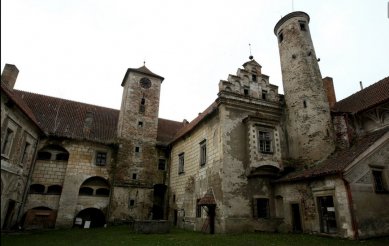
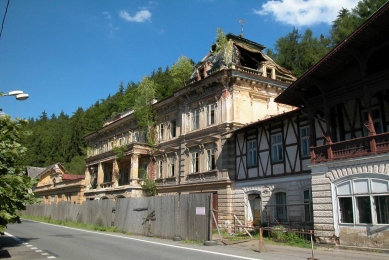
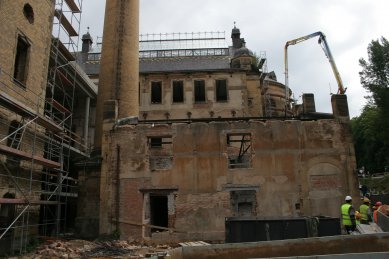
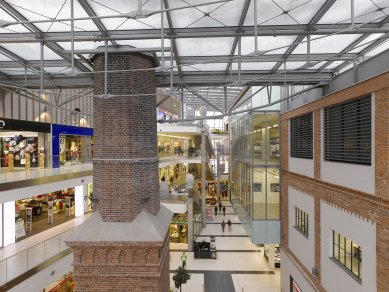
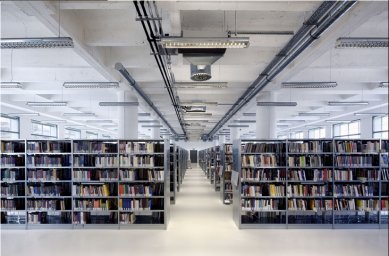
0 comments
add comment













